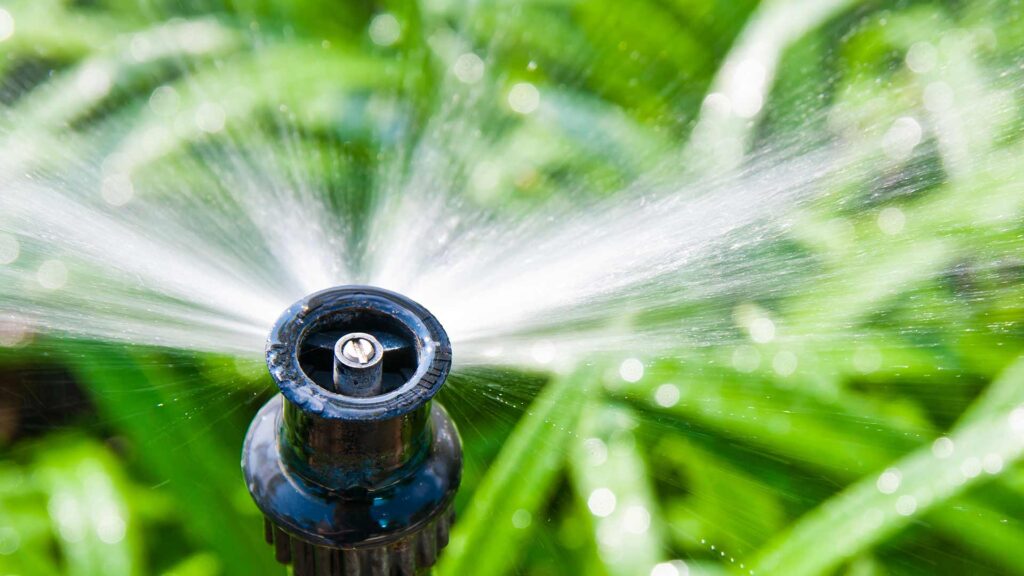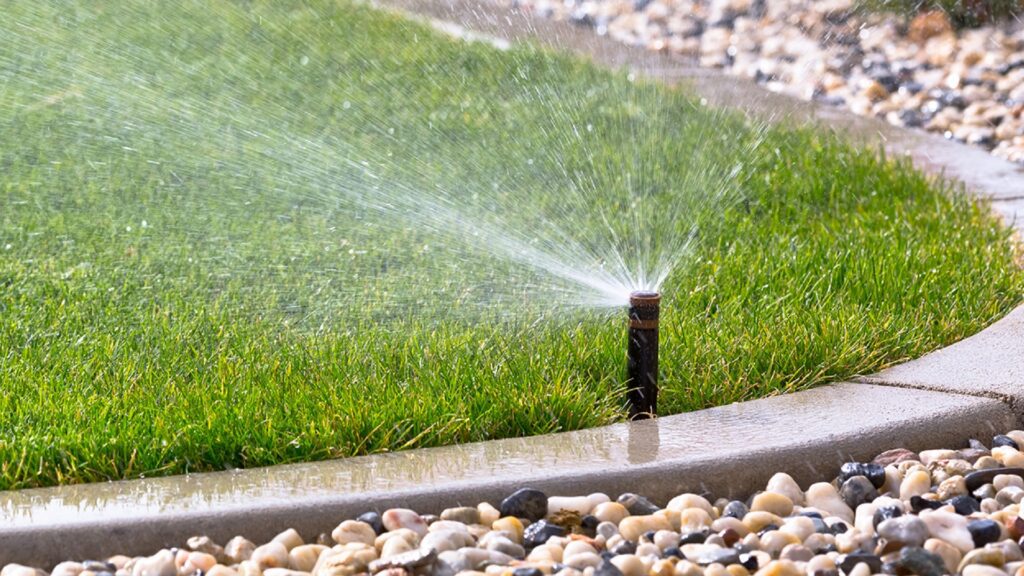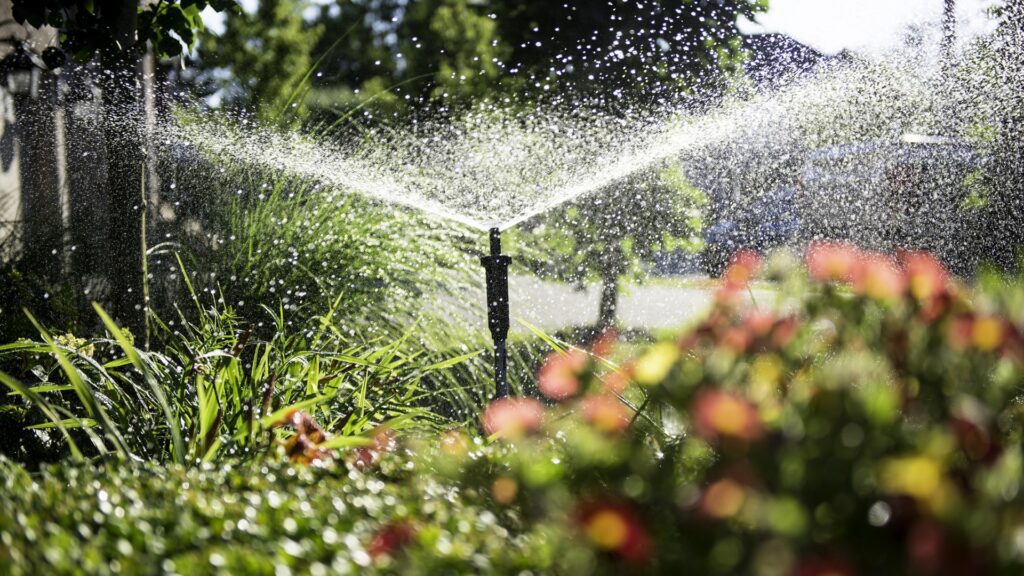
How To Increase Water Pressure For Sprinklers
For your garden and lawn to thrive, it needs the right amount of water delivered to it consistently.
The sprinklers that make up your irrigation system are responsible for delivering this water to the plants, but without the right water pressure, they might not be getting what they need.
Can you increase a sprinkler’s water pressure? It is possible to adjust the water pressure of some types of sprinklers, as well as the garden faucets and pipes of the household’s water system. Pressure management of your garden’s irrigation system is key to an efficient watering schedule, so getting the amount just right is crucial.
If you’ve noticed issues with not getting enough water pressure to your sprinklers or feeling as if they’re delivering too much, it’s time for some pressure management.
We can help you figure out why it’s important to get your sprinkler’s water pressure just right and how to do it, so your lawn and garden can reap the benefits.
Why Does Sprinkler Water Pressure Matter?
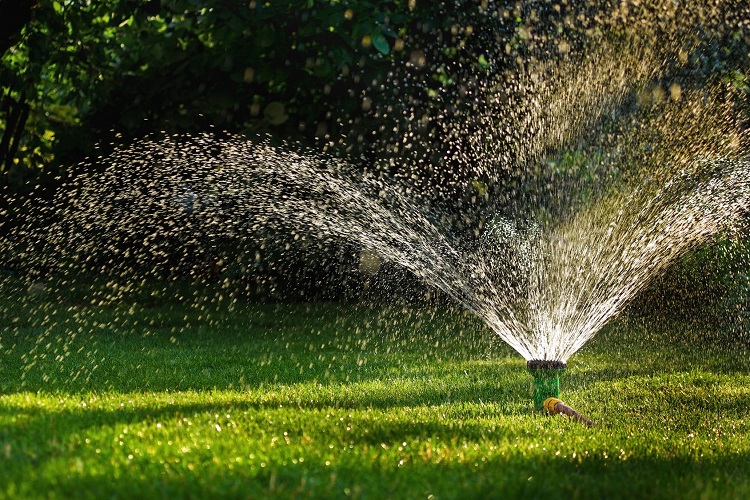
Sprinklers and home irrigation systems are responsible for feeding our plants and lawns the water that they need, but when the water pressure is off, you’ll notice a difference.
These sprinklers and other systems can either have too much or too little pressure, and either way it will lead to bad results.
Many of the irrigation systems in your garden rely on the right amount of pressure for them to work, including pop-up sprinklers and drip systems.
Even a standard garden hose needs water pressure perfected to achieve a steady stream and be able to be adjusted through different flow settings.
Signs That the Water Pressure is Off

It’s easy to forget about the importance of water pressure until you can notice there’s something wrong with it, especially when it comes to the garden.
However, you will be able to tell if there’s an issue with the pressure of your sprinklers by looking for some of these tell-tale signs:
- The water fails to flow out as usual and you can see there isn’t much coming out.
- The spray distance of the sprinklers doesn’t reach as far as it usually does or it’s extending too far for the zone.
- Water sprays aggressively and sometimes enough to move the sprinklers from their usual position.
- Pressure activated systems like pop-up sprinklers fail to come up as high as they usually do or won’t emerge from the ground at all.
- There are noticeable puddles of water sitting around the sprinklers after they’ve finished watering.
- The spray patterns of the sprinkler are abnormal and the water isn’t spraying out of every side.
Testing Your Home’s Water Pressure
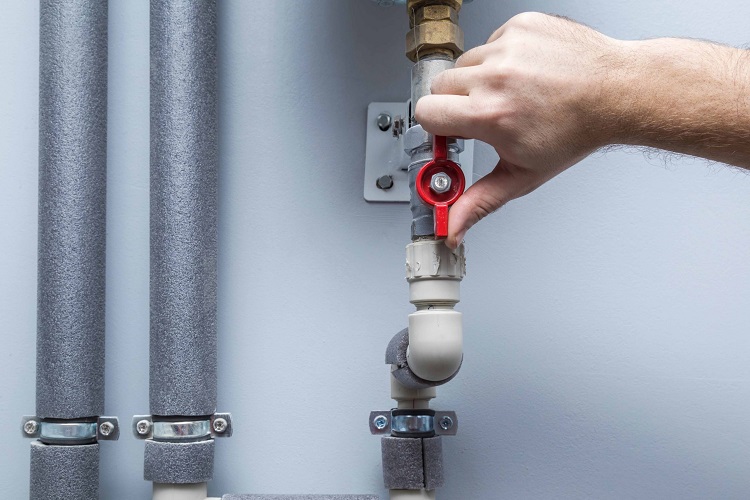
The first place to start when trying to understand the water pressure of your home is by making a note of your experiences, including when water pressure seems normal, low, or high.
If you notice a trend where the pressure is low when you’re using a lot like during showers and mealtime, it may need adjusting, but if it’s an all-day issue that doesn’t seem to resolve itself there could be something bigger causing it.
Testing the water pressure’s PSI is easy enough to do with a pressure tester that can be purchased from a home improvement store or online.
These attach to the outdoor water faucet and give you a reading of how much pressure it currently has, so you can know whether or not your household water line is the problem.
After assessing the household water pressure and finding no issues, you can probably narrow it down to the sprinkler.
For smaller systems, check the main water line’s connection to the hose and the hose as well.
If you have a larger sprinkler system, start by checking this mainline as well, and then follow the entire length of pipes and hoses to look for leaks, blockages, and other signs of damage.
From here, you should be able to narrow down the problem area that’s messing with the pressure.
6 Tips for Increasing Water Pressure of Your Sprinklers
Once you’ve established that the water pressure isn’t what it should be, you can start making some changes that will hopefully fix it.
Here are a few tips for increasing the water pressure of your sprinklers and irrigation system.
Clean and repair sprinklers
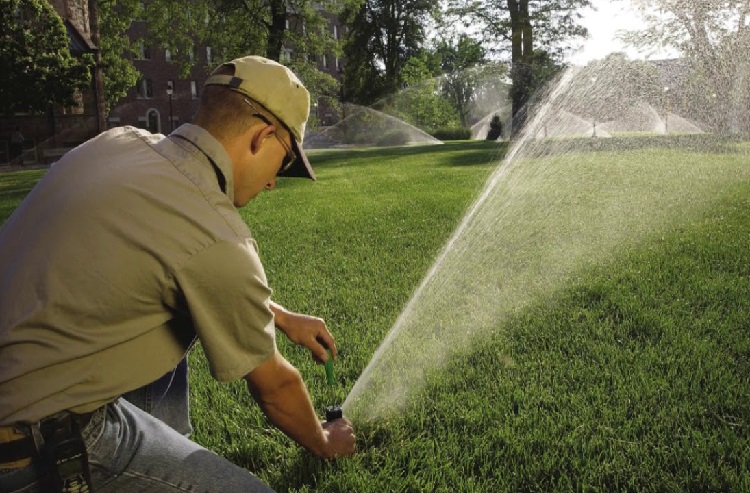
The easiest place to start is by inspecting the sprinklers for signs of damage and giving them a thorough cleaning.
Use a small brush to clean the smaller parts of the sprinkler including any holes where water comes through. If you notice any dents, holes, or cracks, they will need repairing where possible.
Clean the faucets
The issue of water pressure can sometimes come from the garden faucet and not the sprinklers themselves.
Start by cleaning them with a soap and water solution to remove any potential blockages and then running fresh water through it before testing it again on your garden.
If you notice damage or leaking from the faucet, a plumber will be able to assist with repairing or replacing it which will also improve the water pressure.
Use a water booster
A water pressure booster can be an immediate fix for main water systems that struggle and can push up to 50 PSI in some cases.
If the low water pressure of your sprinklers is due to something within the household water source and not the sprinklers themselves, this is the best resolution.
These range in price and can get expensive so you want to be sure a booster is the only solution for your pressure problems.
Clean water pipes

Broken or unclean water pipes will affect the rest of your water supply, including the faucets and sprinklers connected to it.
If you notice that the whole water supply is affected and not just a single faucet or sprinkler, there’s a good chance it’s coming from the pipes.
If you’re able to do so safely, turn off the water supply and dig around the pipe to inspect it for damage. You can purchase replacement pipes are home improvement stores or call for a plumber to do the job professionally.
Reposition the sprinklers
If the sprinklers on your lawn are positioned at the wrong elevation, this can impact the water pressure.
Raising the water line so that it’s elevated above the sprinkler system can improve the pressure, so if possible, you may need to change the configuration.
Invest in new sprinklers
Sometimes, you’ll need to throw away your existing sprinkler system entirely if the damage is irreparable or the system is outdated.
Modern sprinkler systems are more efficient at delivering the right amount and pressure of water, and this could be the simple fix you need.
The Perfect Pressure For Your Garden
In order for your garden and lawn to thrive, it needs the right quantity of water, and ensuring that your sprinkler system is up to the task is the easiest way to do it.
With our tips for achieving the ideal water pressure, you’ll no longer have to wonder if your garden is getting enough, so take some time to make it right.
Related Questions
Your lawn’s irrigation plays a big role in how healthily and happily the grass grows, and whether you prefer to use a handheld hose or a detailed system, there’s a lot to learn.
If you have questions about setting up an irrigation system for your garden, read on for a few FAQs that can teach you the basics.
What Are the Most Efficient Lawn Sprinklers?
The most popular type of lawn sprinkler is the pop-up style that emerges out of the ground, with some being automatic and others manually operated by turning on the garden faucet.
These can be set up to target various zones on your lawn and they ensure a consistent and regular water supply to your lawn.
How Do Smart Sprinklers Work?
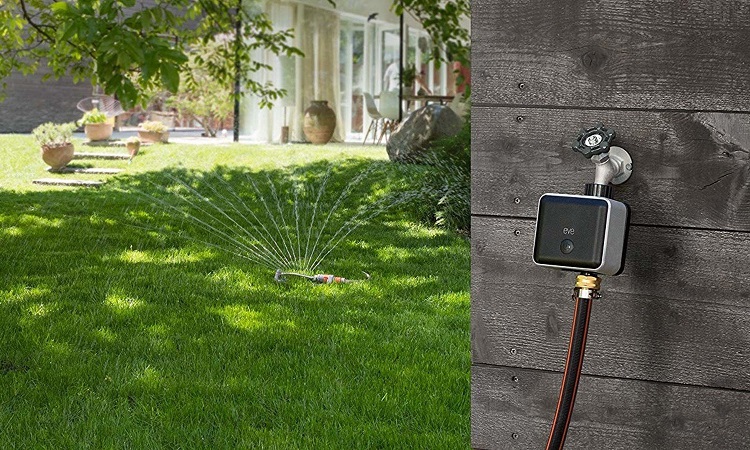
A smart irrigation system operates on both a watering schedule and an intuitive response to ensure your lawn and garden are watered.
These systems often feature sensors that allow them to detect moisture levels in the soil or weather patterns so they can adjust the regular watering schedule automatically if needed.
How Much Water Does a Sprinkler System Save?
A properly installed sprinkler system is capable of saving up to 13 gallons of water per minute when compared to a handheld hose.
To ensure your sprinkler system is operating efficiently you need to monitor water pressure, targeted zones to deliver water where it’s needed, and a schedule that waters when it’s most beneficial to the plants. For more info about sprinklers and general lawn watering check out our Lawn Watering section.
Resources:
